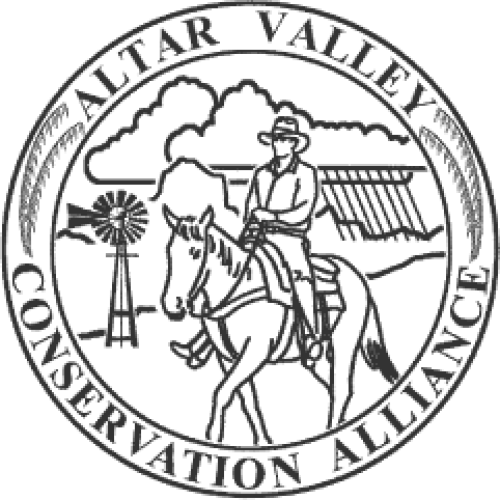Abstract
Although rock check dams have been used for centuries to control erosion and support subsistence agriculture on western US rangelands, there is a lack of measured data to quantify their impact on soil moisture distribution. This study was conducted to measure and document soil moisture response to loose rock structures and wire bound rock structures in comparison with untreated control sites during the first rainfall season following construction. A field experiment was conducted on a degraded alluvial fan in southeastern Arizona where erosion control structures were built on three small ephemeral channels. Soil moisture was measured three times per week at depths ranging from 15 to 46Â cm at six points on the upstream side of 5 loose rock structures, 5 wire bound structures, and at 5 untreated control sites throughout the 2006 summer monsoon season. Rainfall and runoff during 2006 were above average, and soil moisture was significantly higher through the channel bank soil profiles in proximity to loose rock and wire bound check dams than soil moisture measured at control sites. Erosion control structures are expected to increase local soil moisture in response to water impoundment. These results quantify this response and will be useful in designing rangeland restoration strategies that rely on soil moisture to improve vegetative cover.
Source: Short-term soil moisture response to low-tech erosion control structures in a semiarid rangeland.

Reports and other documents about Sonoran Desert ecology, management, and conservation. Curated by the not-for-profit Altar Valley Conservation Alliance (AVCA) located outside Tucson, AZ.